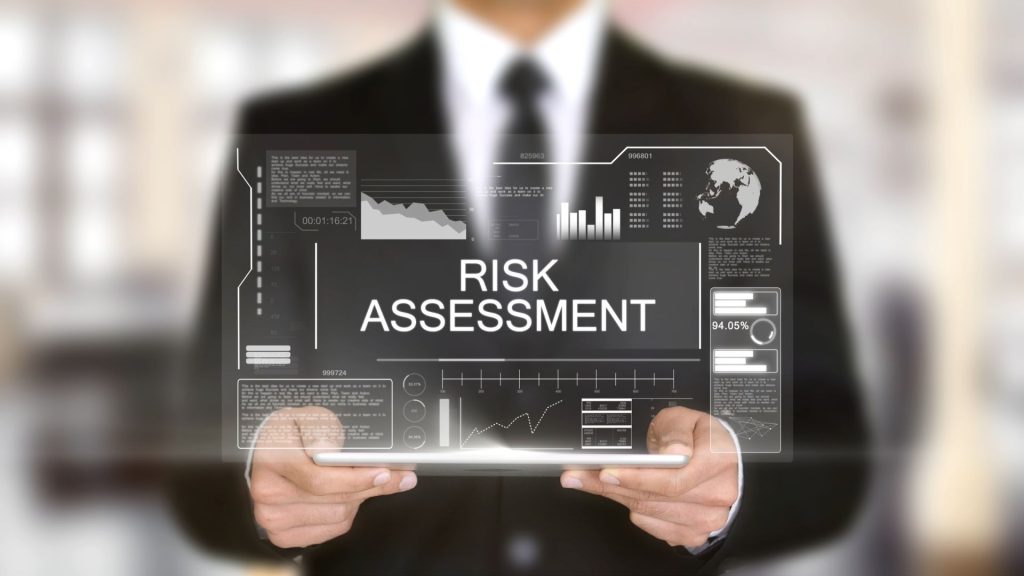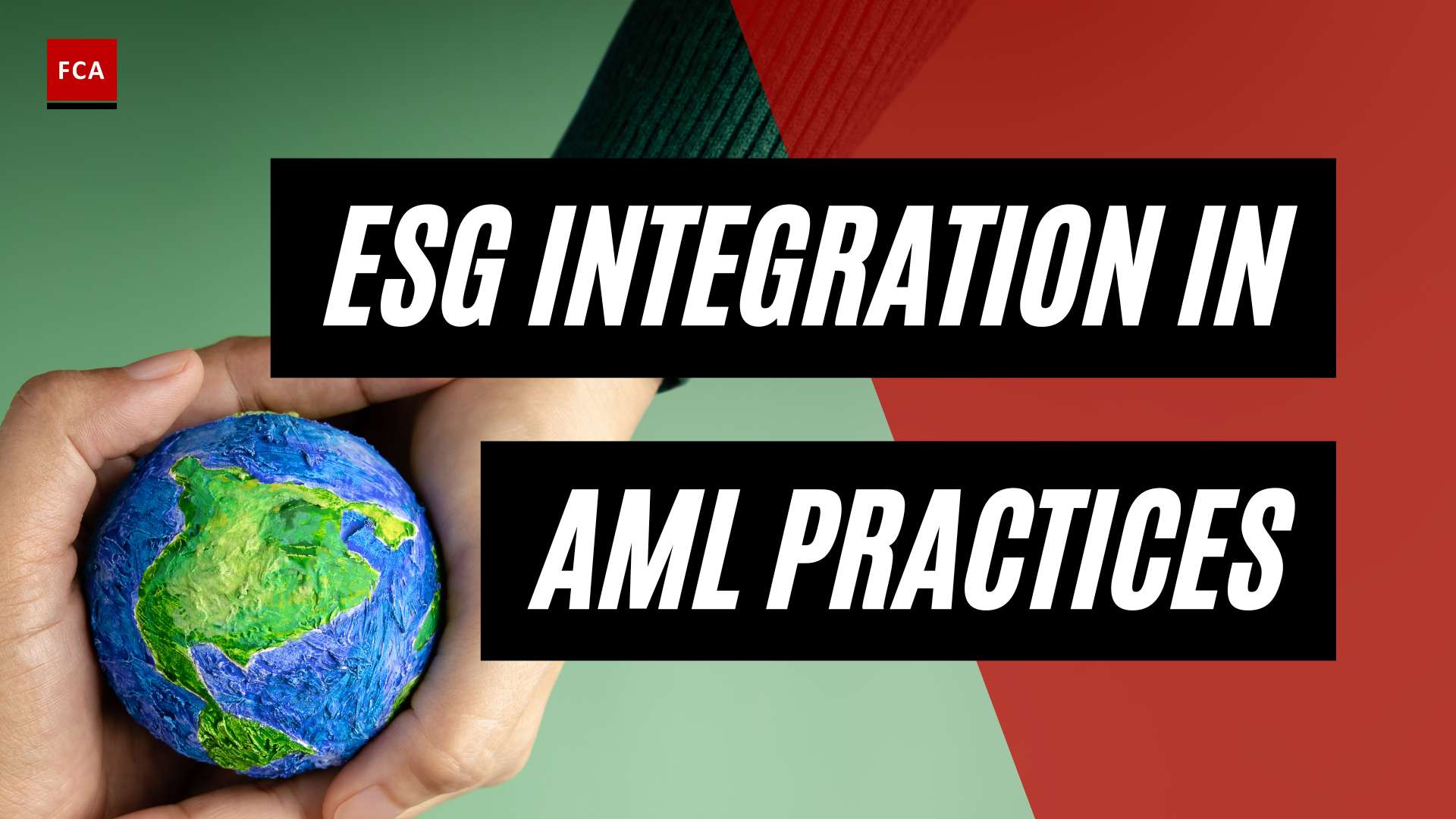Mitigating financial threats through an effective AML/CTF risk assessment framework is an integral strategy for organizations aiming to safeguard their assets and maintain the trust of their stakeholders, all while adhering to stringent compliance regulations.
Money laundering and terrorist financing or AML/CTF risk assessment is a process that involves addressing all identified ML/TF risks. Performing ML/TF risk assessment is a key tool for the risk management process, which the compliance risk management professionals within an organization perform.
An organization must perform periodic ML/TF risk assessments to protect assets, systems, and resources. ML/TF risk assessment helps reduce the chances of mismanagement of compliance activities and reduces the chance of occurrence of ML/TF incidents due to the timely identification and taking of appropriate measures.

Mitigating Financial Threats
Performing an effective ML/TF risk assessment is part of the organization’s overall AML program. ML/TF risk assessment involves performing an inherent and residual risk assessment of identified ML/TF risks, where impact and likelihood assessments are performed to identify key and significant risks.
Risk owners use data from various risk sources, such as internal audit reports, past incident reports, and loss databases, which are maintained in an organization to perform an inherent and residual risk assessment. Assessment of impact and likelihood of risks is performed, to the extent possible, based on available information or factual data.
ML/TF risk assessment is performed for various processes and sub-processes such as finance, financial reporting, taxation, budgeting, etc. To perform such process and sub-process level risk assessment, the organizations develop a risk assessment and management team, which works under the compliance risk management function or department. This team collaborates with various departments to help them identify their respective risks and perform assessments.
In other cases, risk identifiers are the employees who own the process. Related risks, such as customers’ account opening managers or teams, are the main risk owners for all customers-related money laundering and terrorist financing risks.
Assessing Risks
ML/TF risks identified and included in an entity’s risk inventory are assessed to understand the severity and significance. ML/TF risk assessments inform the selection of risk responses. Given the severity of the risks identified, management decides on the resources and capabilities to deploy for the risk to remain within the entity’s risk appetite.

Assessing Severity at Different Levels of the Entity
The severity of an ML/TF risk is assessed at multiple levels across divisions, functions, and operating units in line with the business objectives it may impact. For example, risks assessed as necessary at the operating unit level may be less critical at a division or entity level. At higher levels of the entity, risks are likely to significantly impact reputation, brand, and trustworthiness.
Using standardized risk terminology and categories helps assess risks at all levels of the organization. Common risks across business units, divisions, and functions can also be grouped. Similarly, the risks measured at escalating levels within an entity may also be grouped. The severity rating may change when common ML/TF risks are grouped. ML/TF risks of low severity individually may become more or less severe when considered collectively across business units or divisions.
The framework provides criteria for assessing and determining whether the enterprise risk management culture, capabilities, and practices collectively manage the risk of not achieving the entity’s strategy and supporting business objectives.

Final Thoughts
AML/CTF risk assessment is a fundamental instrument in mitigating the financial threats of money laundering and terrorist financing. By conducting regular and thorough assessments, organizations not only safeguard their assets, systems, and resources but also ensure adherence to compliance activities. This process, backed by the utilization of data from diverse risk sources, aids in identifying and controlling key risks. An effective AML/CTF risk assessment is therefore integral to the fabric of an organization, working hand in hand with various departments and levels to maintain its reputation, trustworthiness, and business objectives.









